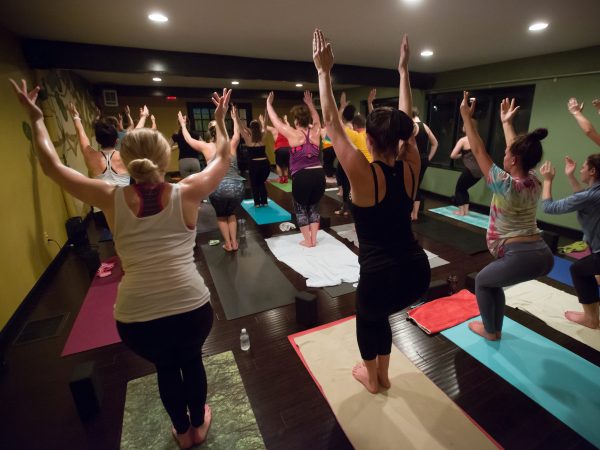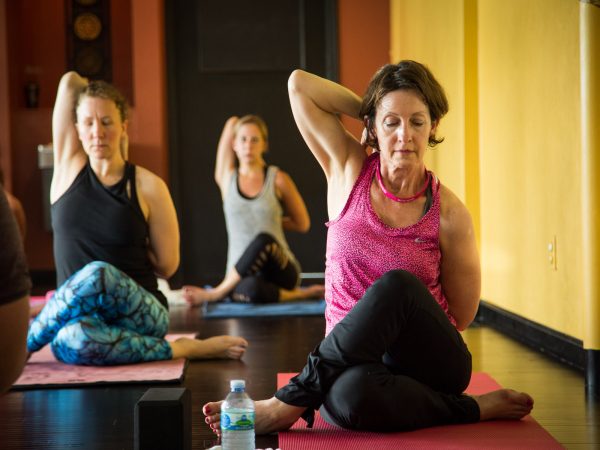Food Love

My dad has always been a man of “order.” Ever since I was little, my earliest memories of him was of us cleaning the house (practically constantly), of him exercising religiously, and of us eating very healthy breakfasts, lunches, and dinners. We had a plethora of vegetables throughout the week, a lot of chicken, and rarely sugar. As my sisters and I got older my dad got a little more lax, but my earliest memories were of him being very orderly with the things within our home. “Moderation in all things” was his motto, and he stuck to it.
When I left for college, my own relaxed attitude changed all of that. I ate very little and pretty much the same thing for breakfast, lunch, and dinner, and sometimes was so busy I forgot about meals. That moderation my dad had tried to cultivate within me apparently hadn’t stuck like it had with him. My eating habits were a whirlwind of scarfing before a class, skipping meals, and really no vegetables at all (because college students don’t eat vegetables . . . right?). And because of this, my body got thinner. My hair started to fall out. It took me a long time to finally realize what my dad had been trying to teach me—meals were important.
I spent the first three years of college firm in the belief that my own existential/theoretical/literary discussions within my classes were more important than anything else that I could be doing. I spent hours and days and months reading, rereading, and writing essay after essay after essay. My whole life was centered around intelligence—being intelligent—and I was not willing to focus on much else. Food, therefore, was easily dismissed. Moderation in all things, as my dad taught me, was thoroughly ignored.
Finally, after realizing that my body had started to cry out for help, I began to understand what my dad had been teaching. Eat well and mindfully, and the rest of life falls into place far easier. There is a yama within the eight limbs of yoga called brahmacharya, which means moderation and balance. It is there to show us the importance of measuring out time for the most important, basic things in life to be satisfied—but not over-satisfied—so that things like college, and classes, and existential conversations can be more fulfilling and meaningful. So that our bodies feel more aware and content with everything around us.
Brahmacharya is a yama not easily cultivated. It is something that we can easily forget in our own yoga practice solely because we, as human beings, are drawn to polarization. We might end up practicing yoga too much, and not spending enough time living life; or we might end up getting too busy and forget to practice at all, letting life pass us by in a much different way. But when we find what works best within our lives, balancing out our various needs and jobs and habits, yoga becomes a boon for us. It helps us see the moderation in all things; the order in all things; and the way that life balances out around us.
Notice this week how you practice as well as how often you practice, and if you feel balanced with your yoga. As you become more aware, it gets a little bit easier to figure out how to achieve moderation in order to feel the fullest expression of life. As I slowly move back to moderation within my body with the foods I eat as well as with how I schedule various things within my life, I have found that brahmacharya changes the way that we look at our lives—and helps us find the greatest joys in the simplest of things, like food. I’ve begun to let myself enjoy each meal as completely as possible before moving on to other things. My body feels this appreciation and relaxes a little the days that I eat mindfully, resulting in a healthier body, a healthier mindset, and a healthier life.
Below is my favorite Ayurvedic food recipe! Courtesy of the guidebook and cookbook Eat-Taste-Heal.
Crepes with Summer Fruits
Ingredients:
1 cup quinoa flour
2/3 cup amaranth flour
3 tbsp rice flour
1 1/2 cups filtered water
1 cup organic coconut milk
Sunflower oil OR ghee for cooking the crepes
Filling:
2 cups mixed berries
3 tbsp raw organic sugar
1 tbsp filtered water
Topping:
1 cup organic cream, whipped
- Preheat oven to its lowest setting
- To make the crepe batter, put the quinoa, amaranth, and rice flours into a blender with the water and coconut milk. Blend until smooth. The batter should be thin but creamy. Transfer the batter to a bowl and leave it to rest at room temperature for 10 minutes.
- Heat a little sunflower oil or ghee in a small, nonstick saute pan over medium-low heat. Stir the batter and ladle it into the pan just enough to cover the bottom thinly. Tilt the pan back and forth to spread the batter evenly. Cook the crepe until its underside is golden brown, 1 to 2 minutes, using a spatula to lift an edge to check.
- Flip the crepe over and cook the other side until golden, 1 to 2 minutes more.
- Remove the crepe from the pan, transfer it to a covered baking dish, and keep it warm in the oven while you prepare more crepes.
- When the crepes are almost done, start the fruit filling. Put the berries or cherries and the sugar and water in a saucepan. Cook over medium heat, stirring occasionally, until the fruit juices form a syrupy sauce, about 10 minutes.
- To serve, divide the fruit filling among the crepes, rolling each one up around the filling. Carefully transfer to serving plates and top with whipped cream.




